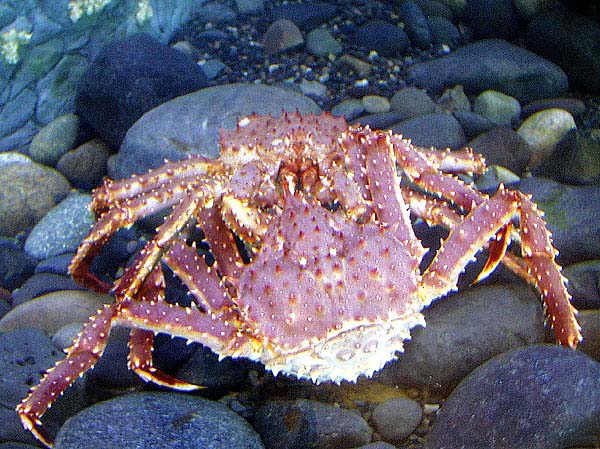Smoked fish is somewhat of an exotic treat nowadays - which is a 180 degree turnaround from what life was like for our cave-dwelling ancestors! Before we learn to harness the power of moving electrons to circulate chemically-cooled air in a refrigerator, we simply smoked our'seafood order', straight after we caught it from the ocean. Today we check out some basics about smoked fish, and perhaps get your tastebuds tingling a little …

An introduction to smoking methods
No, we aren’t encouraging you to do anything that might increase your risk of lung cancer… only your risk of becoming addicted to a new favorite dinner! Everybody has their own special and preferred smoking method, but most adhere to some common principles:
- The fish is treated with salt - either a concentrated brine or a surface coating of dry salt. In the salting process (which will take only a few minutes for smaller fish, but many hours for big fish), the salt draws most of the moisture out of the fish and in turns a little salt leaches in.
- The salt's antibacterial properties, added to the fact that there is less moisture for bacteria to survive in, make the smoked fish safer to eat without refrigeration.
- A second cure is done, both to draw more moisture out and to add different flavors. Sugar, spices, herbs, rum and whiskey are all popular curing agents
- The fish is hung to air dry in a cool breezy spot (which is as likely today to be inside as outside).
- It is taken down after a tacky coating known as a pellicle has formed - the coating helps seal in moisture, prevent fast rising to the surface and spoiling, and also helps the smoke flavor adhere to the fish
- The fish is either hot smoked (where it is also cooked) or cold-smoked (like lox)
Best fish for smoking
Usually big deepwater fish are the ones that are smoked. The following are all popular:
- Salmon
- Tuna
- Trout
- Sablefish
- Sturgeon
- Bluefish
Should I smoke my own fish or buy pre-smoked fish?
The advantages and disadvantages of buying pre-smoked fish are much the same as buying anything in ready-made form. You'll need to consider that:
- Readymade is much faster and easier
- It also means that you don't waste time and fish in 'learning' the smoking process
- But it is less personalizable
- And sometimes pre-smoked fish costs a little more

